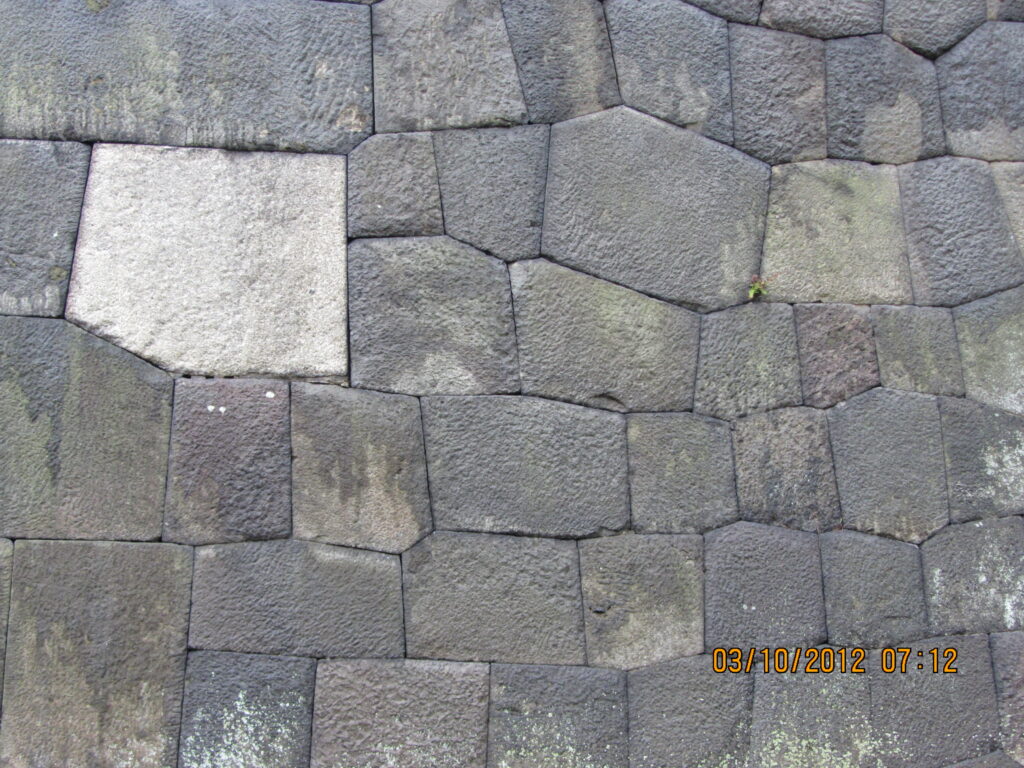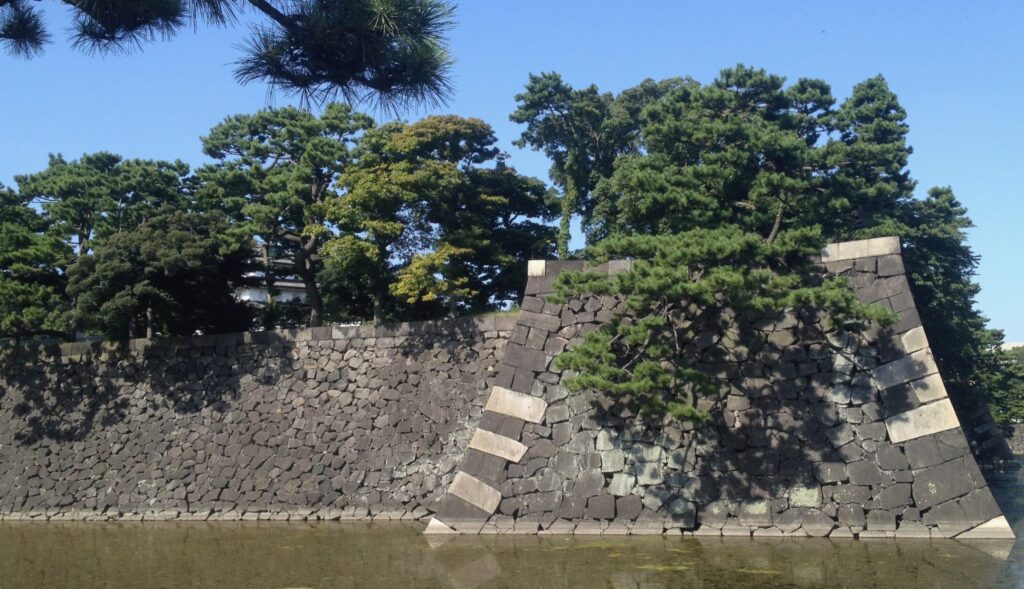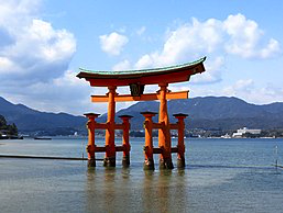
Detail: one of the great pleasures of ambling about Japanese cities is the opportunity to delight in the small details on display in windows both private and public – Japanese culture seems to be attuned to the art of the miniature, ranging from the bento box to ikebana.
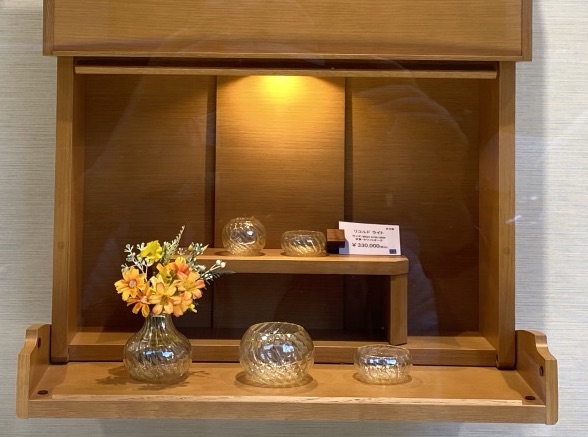
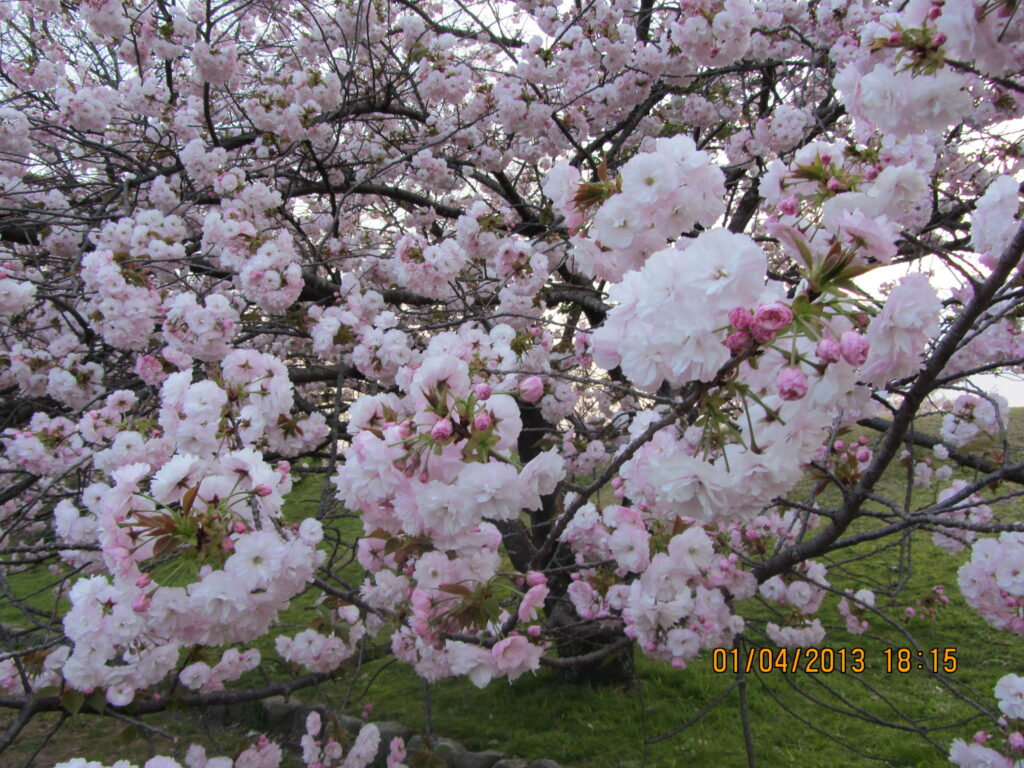
Mono no Aware
The quintessential Japanese aesthetic that translates literally as “the pathos or sorrow of things”. There is a sense of sadness or melancholy associated with mono no aware, but this is related more strongly to an appreciation of the transience of all aspects of life, which is itself part of the Buddhist notion of impermanence, the recognition that nothing stays the same, everything changes. The Sakura obsession of Japanese culture can be seen as the perfect expression of mon no aware: the cherry blossom is beautiful but also very short-lived, in bloom for maybe just two weeks out of the year.

Traditional Japanese Houses
Traditional Japanese houses themselves partly reflect the philosophy of impermanence – they were designed for a society where fire was an ever present danger and therefore they had to be easy to pack up and move – for more detail, see the link below. These houses also reflect other aspects of the Japanese aesthetic: a love of natural materials, a preference for muted colours and an overall simplicity of design.
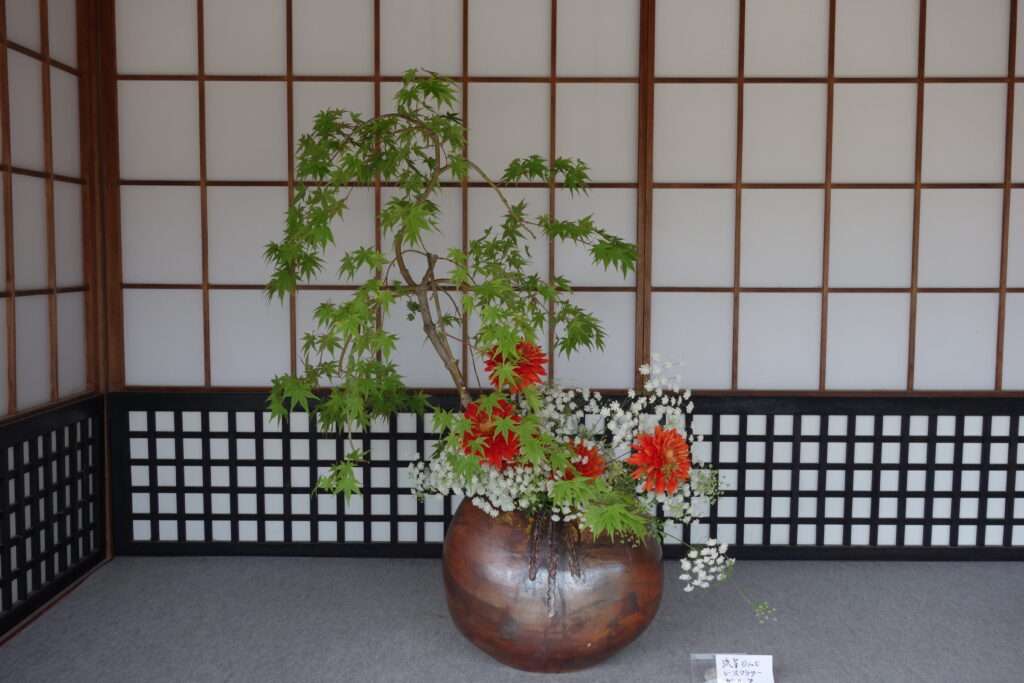
Ikebana
A very Japanese art form and one that brings out to perfection the Japanese ability to create beauty in miniature. Ikebana displays are to be found everywhere, particularly in shop windows and especially in temples, where they set off the austerity of the temple buildings with a dash of rigidly controlled colour.
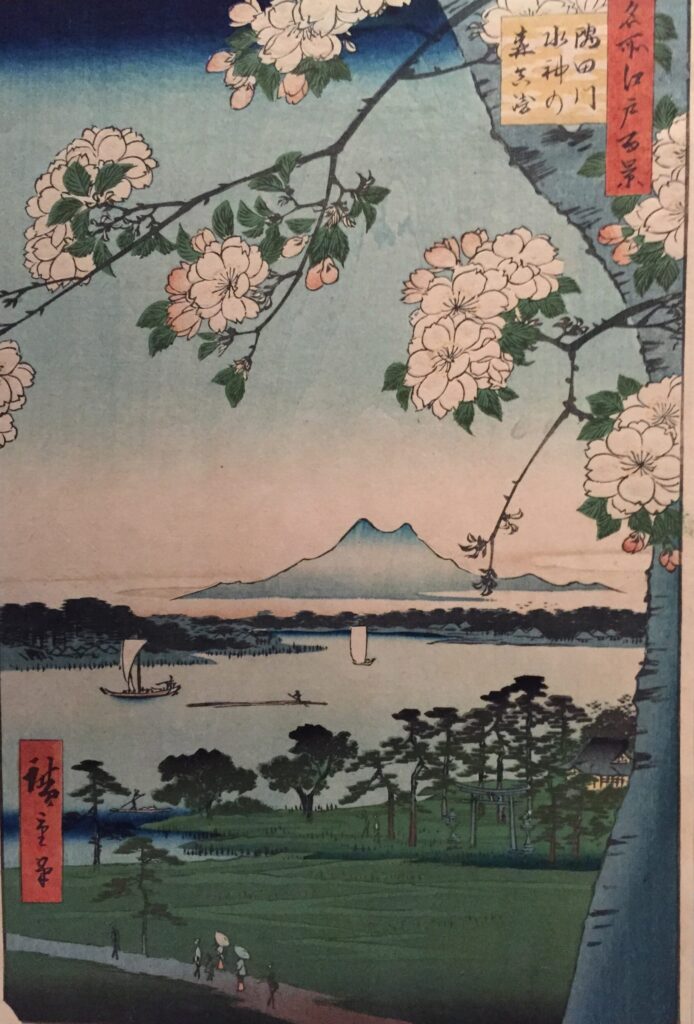
Ukiyo-e
Ukiyo-e is an essential Japanese art form. Painted or printed, they take as their theme the ukiyo, the floating world, that is the everyday world in which we all live. Most were mass produced as woodblock prints for ordinary people and this ubiquity has enabled western museums and art galleries the opportunity to build up impressive collections of these prints for their own collections. The Great Wave off Kanagawa by Hokusai Katsushika has become one of the best known images of Japan and features on everything from table clothes to T shirts.
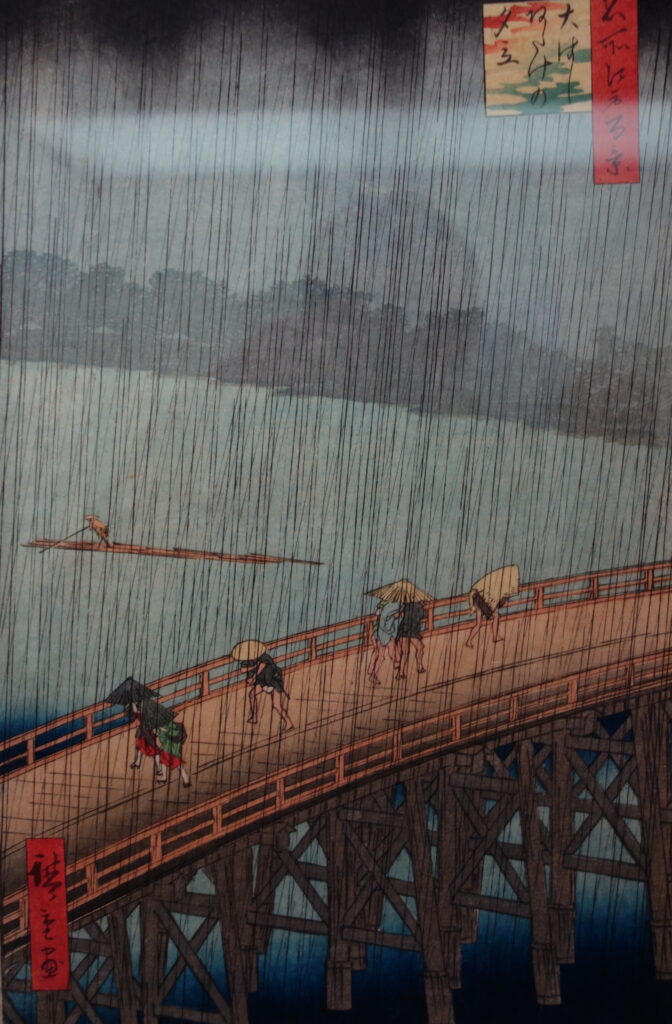
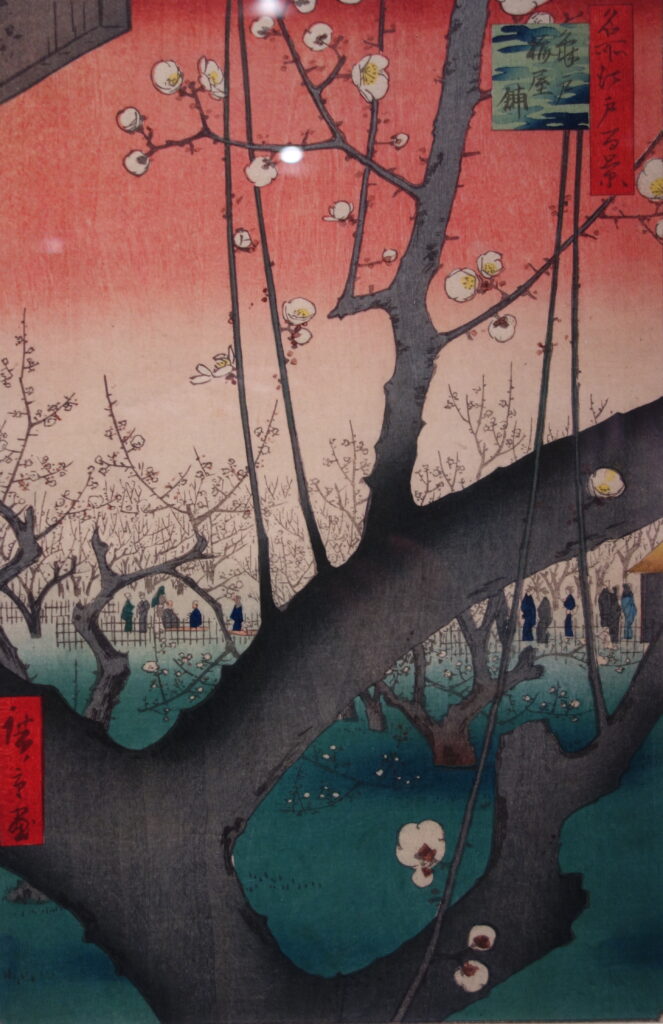
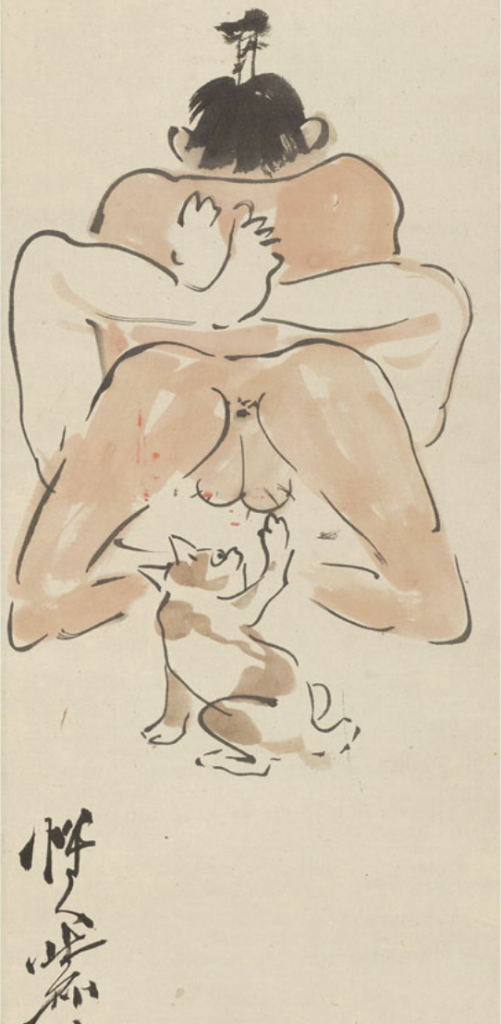
Shunga
Japanese erotic prints – most of the great masters of the print medium tried their hand at shunga which are simply one genre among many others, such as beautiful women, scenes of city life or the natural world or birds and flowers. Shunga are included as a matter of course in exhibitions of prints in Japanese galleries and museums.
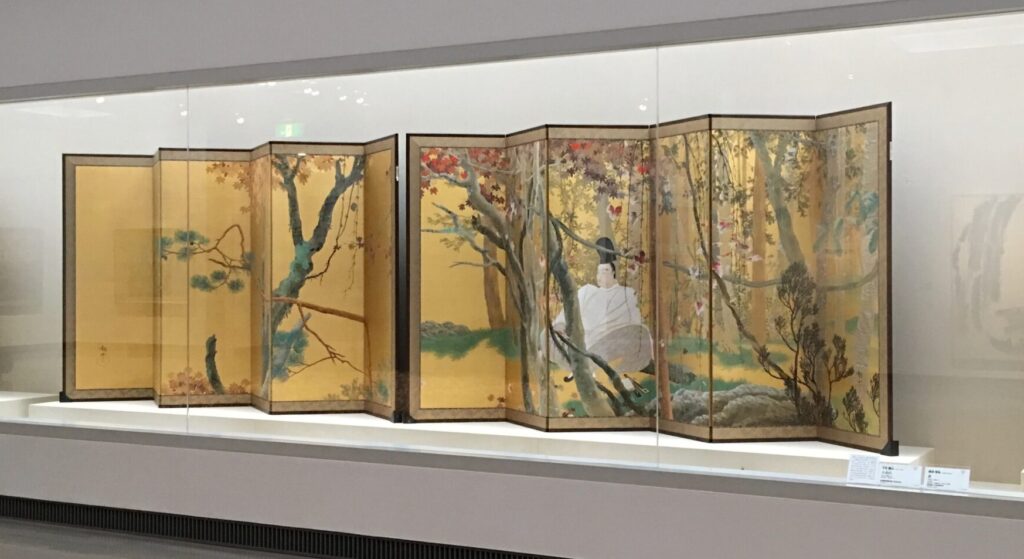
Screens
Another uniquely Japanese art form that is to be found in many museums, art galleries and temples. Screens were a common decorative feature of traditional Japanese homes of the wealthy, often in a 6 panel format the extended to nearly 4 meters wide, and had both a practical (to divide a room for instance) as well as a decorative function.
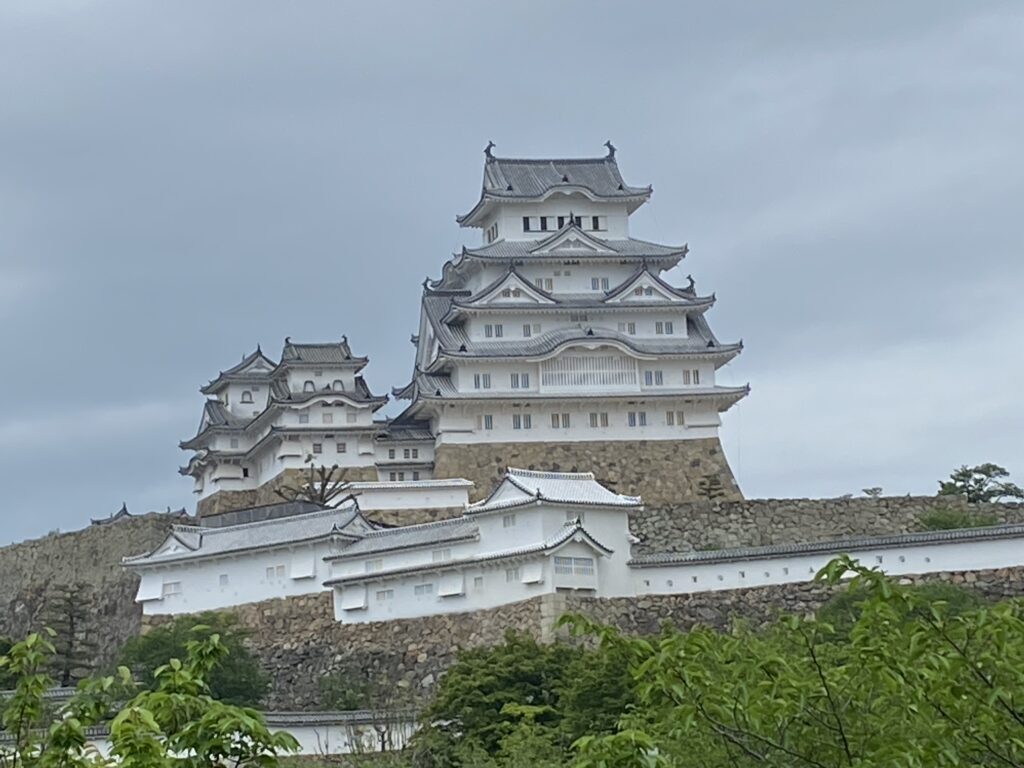
Castles
Himeji is the biggest and best preserved of Japan’s 12 remaining castles. The castle covers an immense area, most of which acts today as an attractive park and garden surrounding the centrepiece of the design, the 150 foot main tower. The layout of the castle was sufficiently complex as to bemuse the visitor of today, without the help of the direction boards that guide you around.
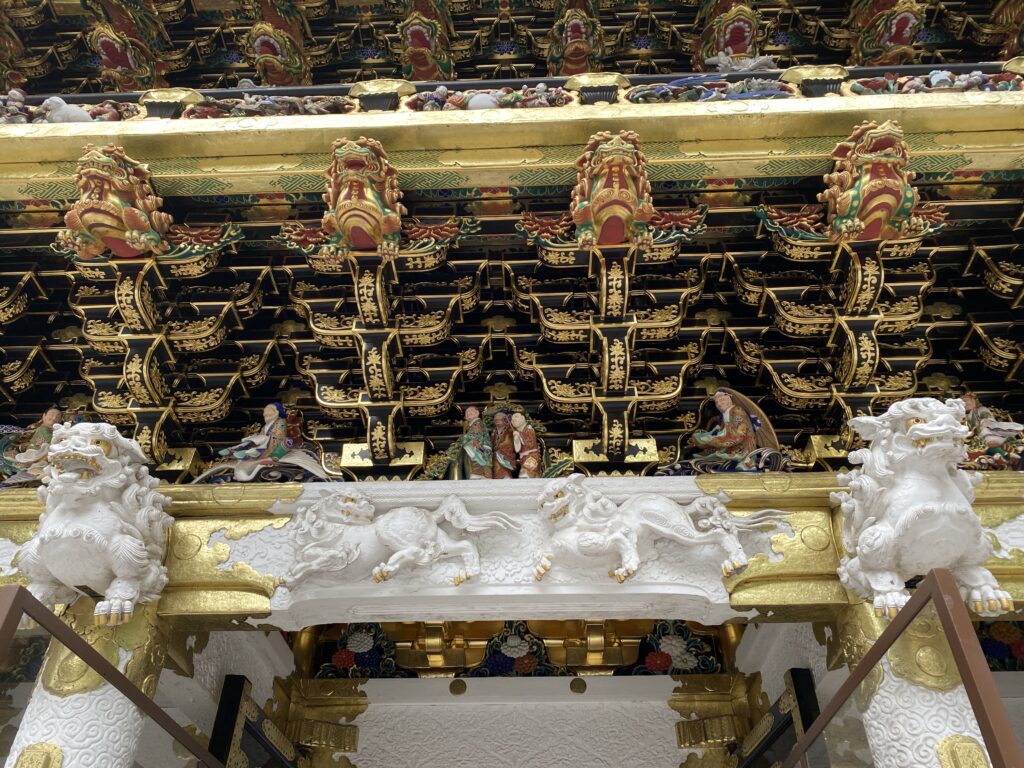
Nikko: one of the most visited sites in Japan, both for its setting, among the mountains north of Tokyo, and for what the site contains: the mausoleums of the early Shoguns. The mausoleum to Ieyasu, the Tosho-gu, is a lavishly decorated memorial to the power of the shogunate, overwhelming in its use of animal and plant motifs and abundant use of gold leaf. The site is approached up a wooded slope and is surrounded by colossal trees, part of the nearby National Park.
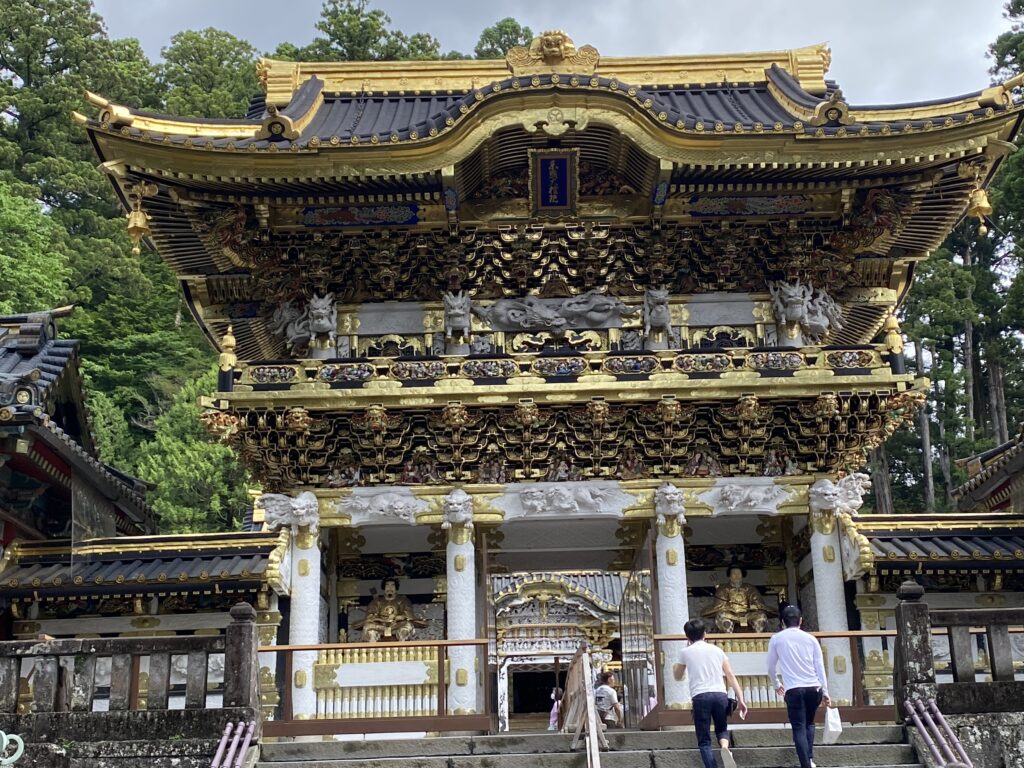
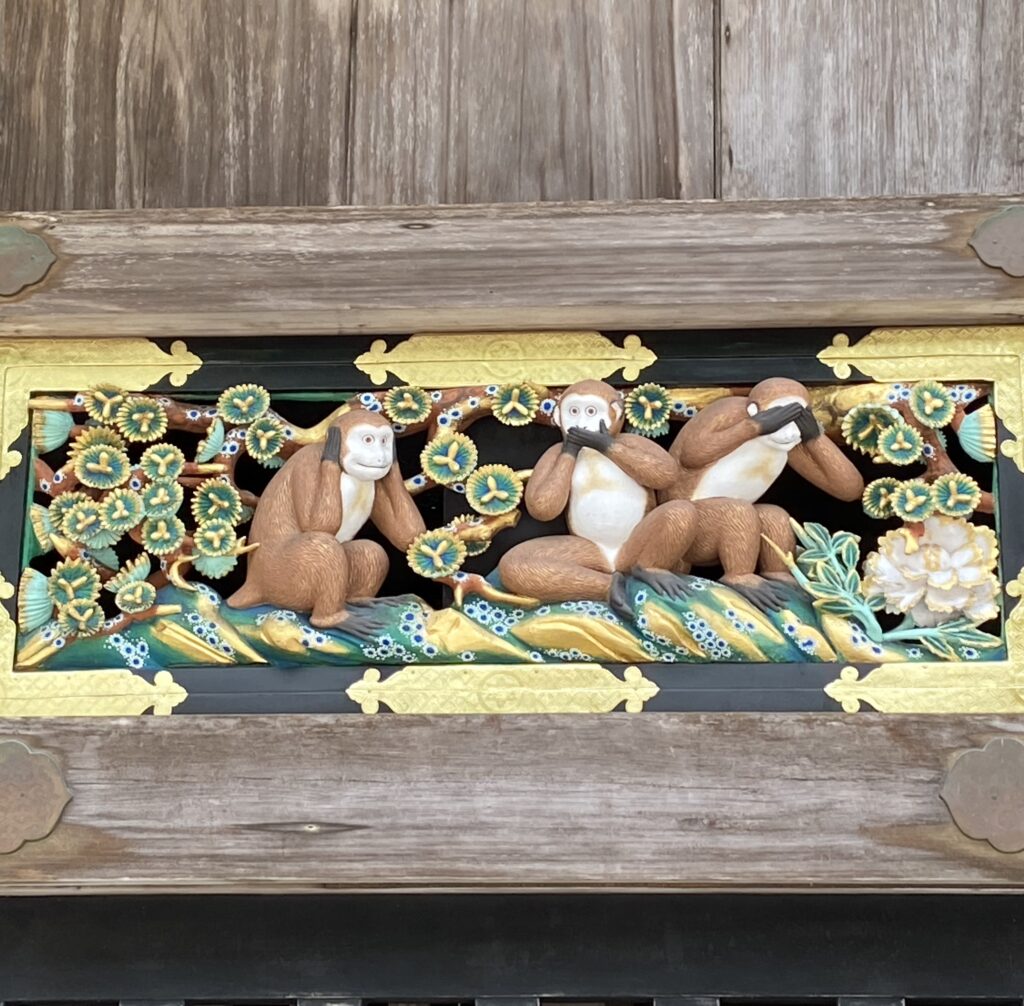
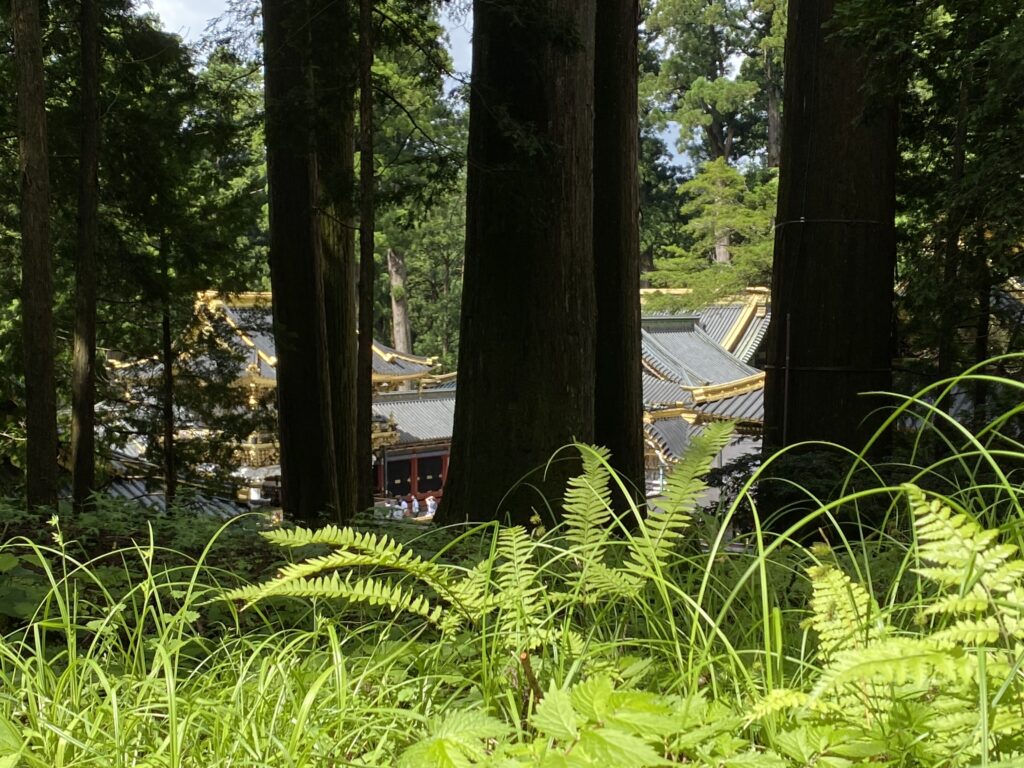
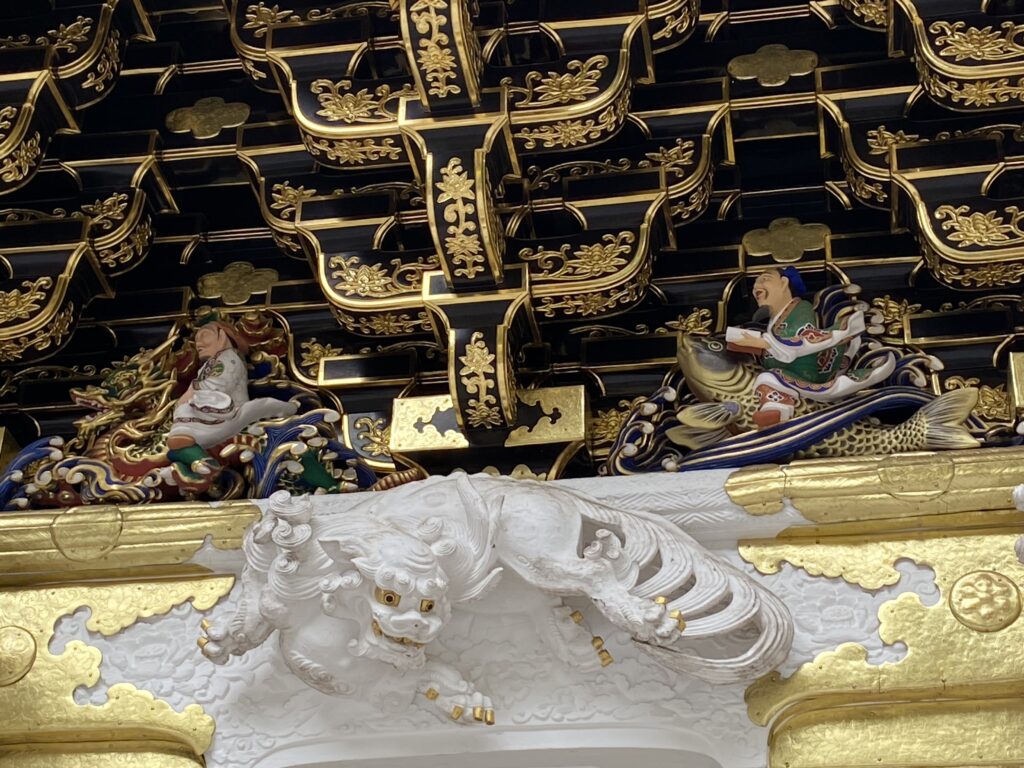
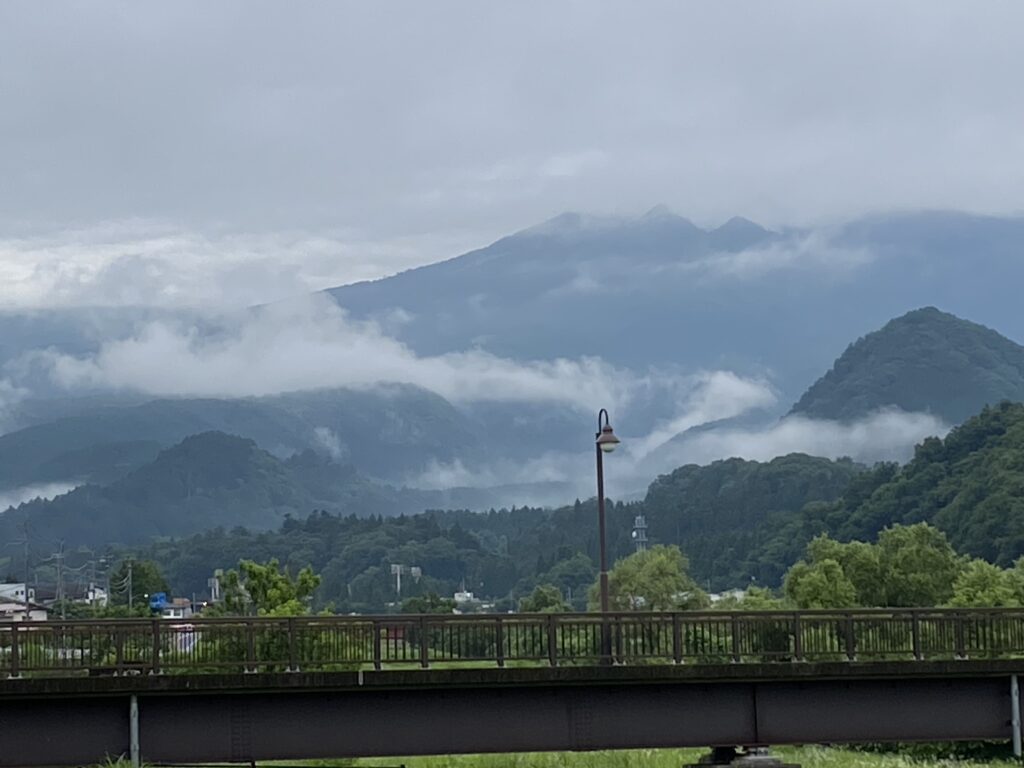
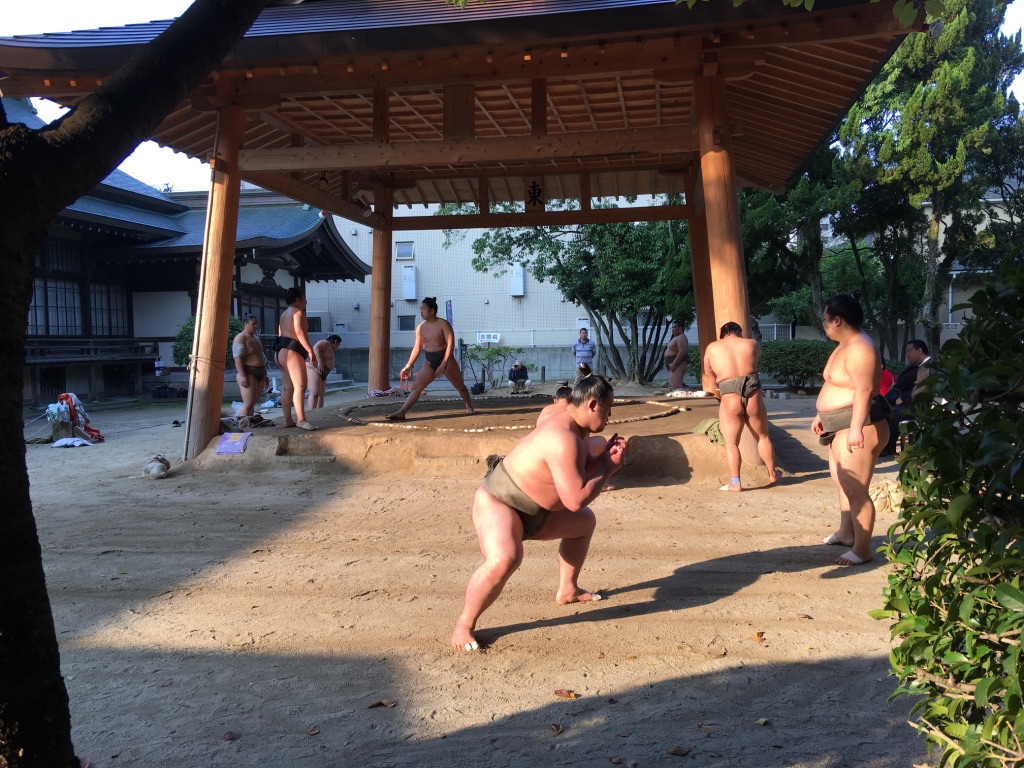
Sumo: the national sport of Japan and an acquired taste for the curious foreigner. The place to see sumo wrestlers is Ryogoku, the home of the national sumo stadium, where they can be seen going about their business in the streets dressed in traditional yukata robe
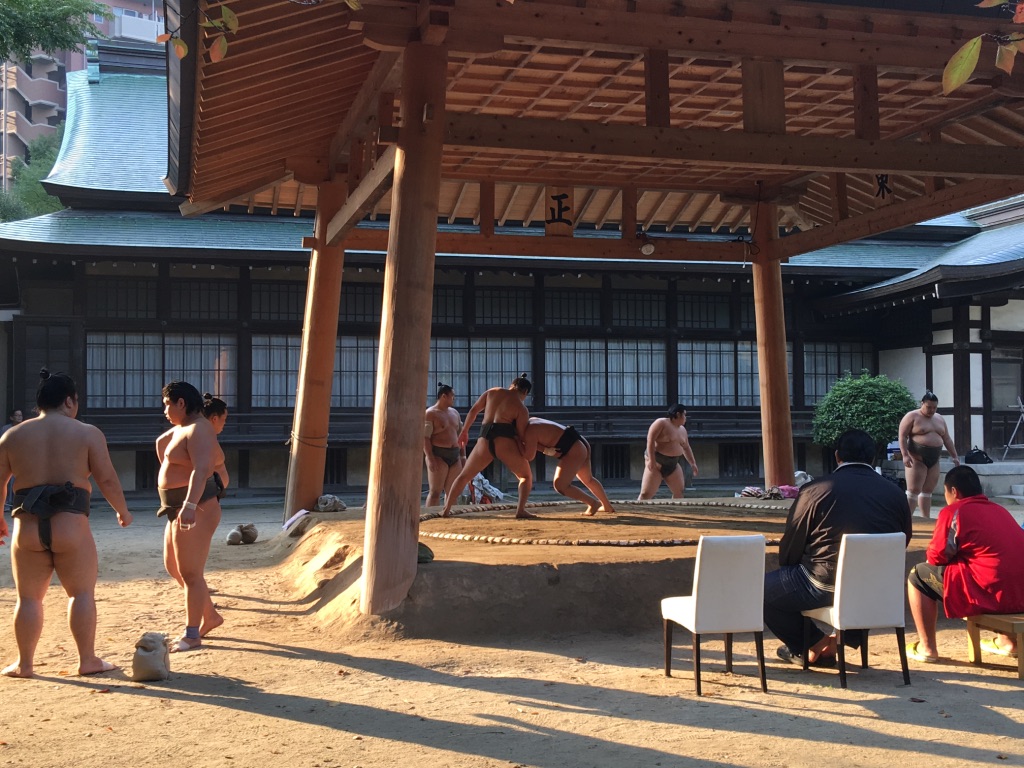
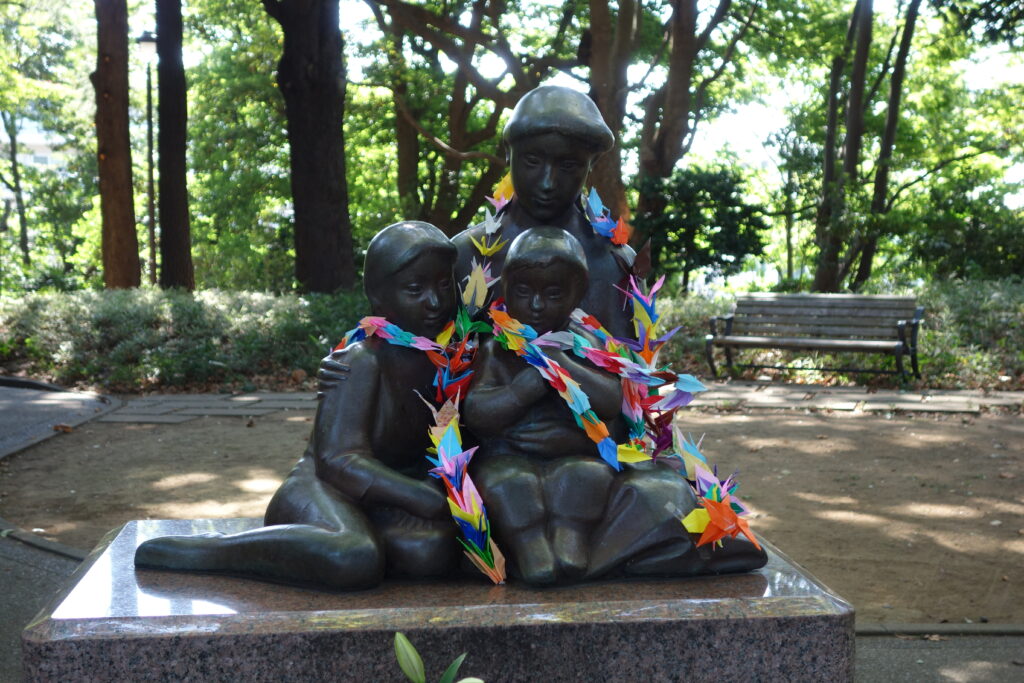
Paper cranes have become a symbol of peace in Japanese culture, particularly associated with the Peace Park in Hiroshima.

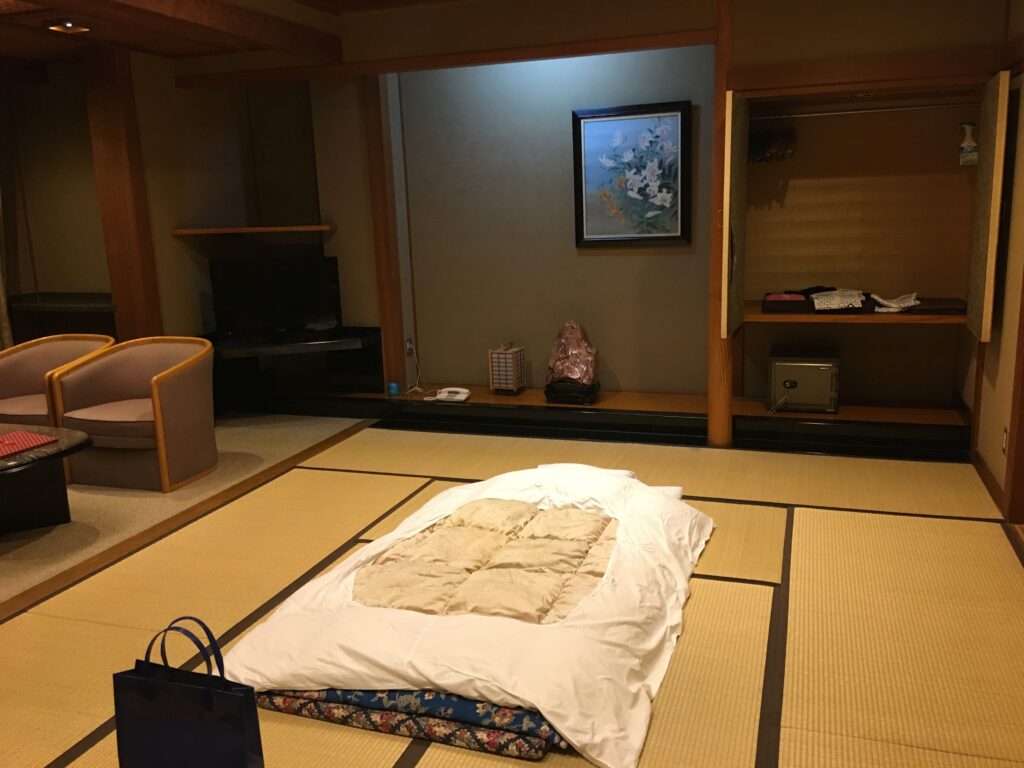
Ryokan
The traditional Japanese room with tatami floor, sliding cupboards, small table and tokinoma alcove – a challenge to the western visitor both in terms of sitting on the floor for long periods of time and also living a clutter free existance
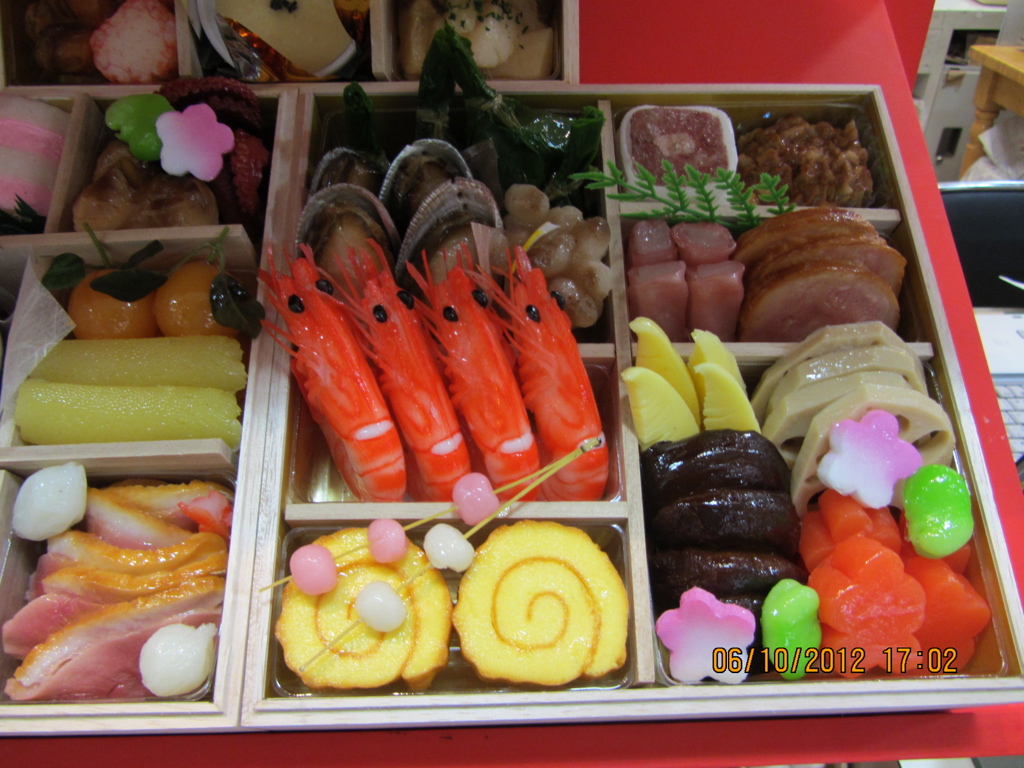
Bento Box
The traditional lunch box: as much a pleasure for the eye as for the stomach
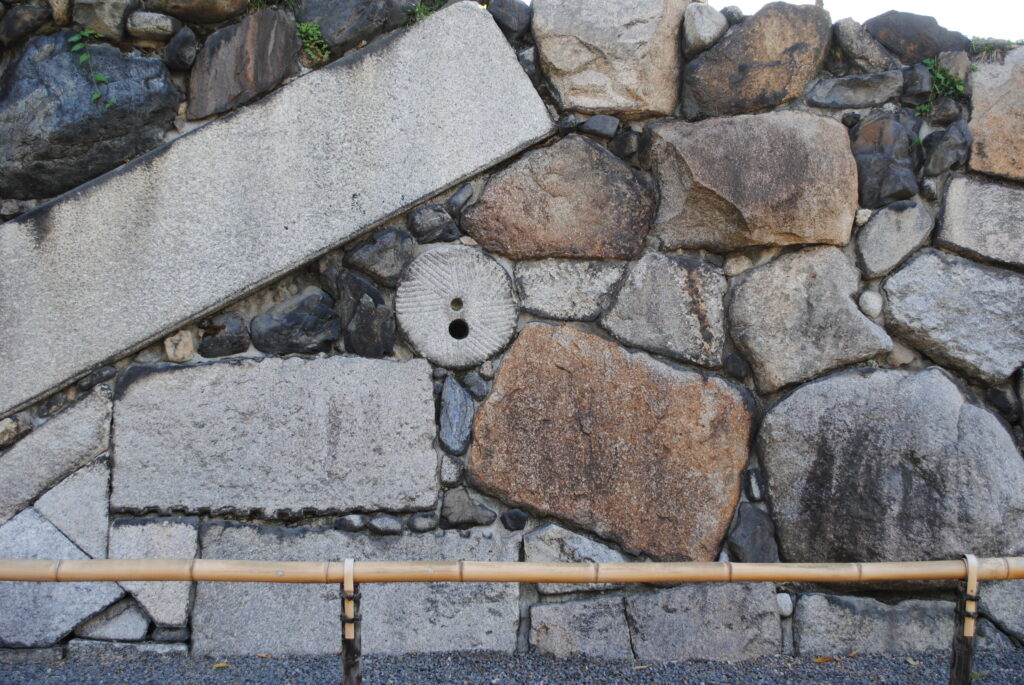
Walls: one of the delights of traditional buildings: the walls of castles, temples and palaces follow a beautiful natural curve, broad at the base and tapering to the top of the wall. One of the other features of Japanese walls is the exactness of the fit of the stones, whatever their size and the contrast with the occasional “recycled” wall i.e. a wall that has been put together almost like a piece of sculpture from rocks and stones of different shapes and sizes.
